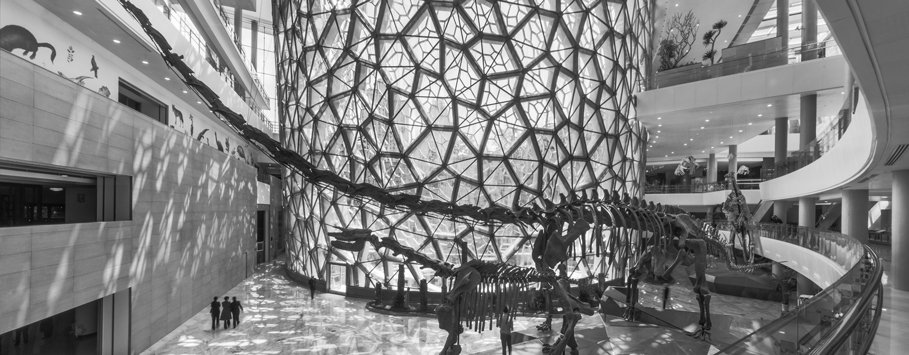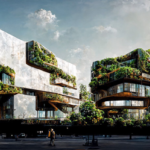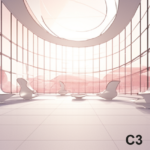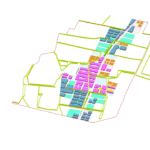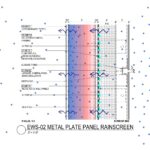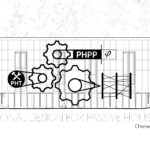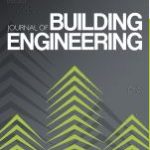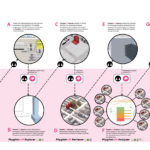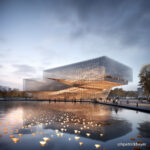
Artificial Intelligence (AI) is an incredibly vague concept, describing a long lineage of technologies that seek to mimic human intellectual work. The term applies to everything from the Turing Machine to Artificial General Intelligence (AGI). For the purposes of this essay, we will discuss Generative Artificial Intelligence, or GenAI, at its current state of development.... Read more »

